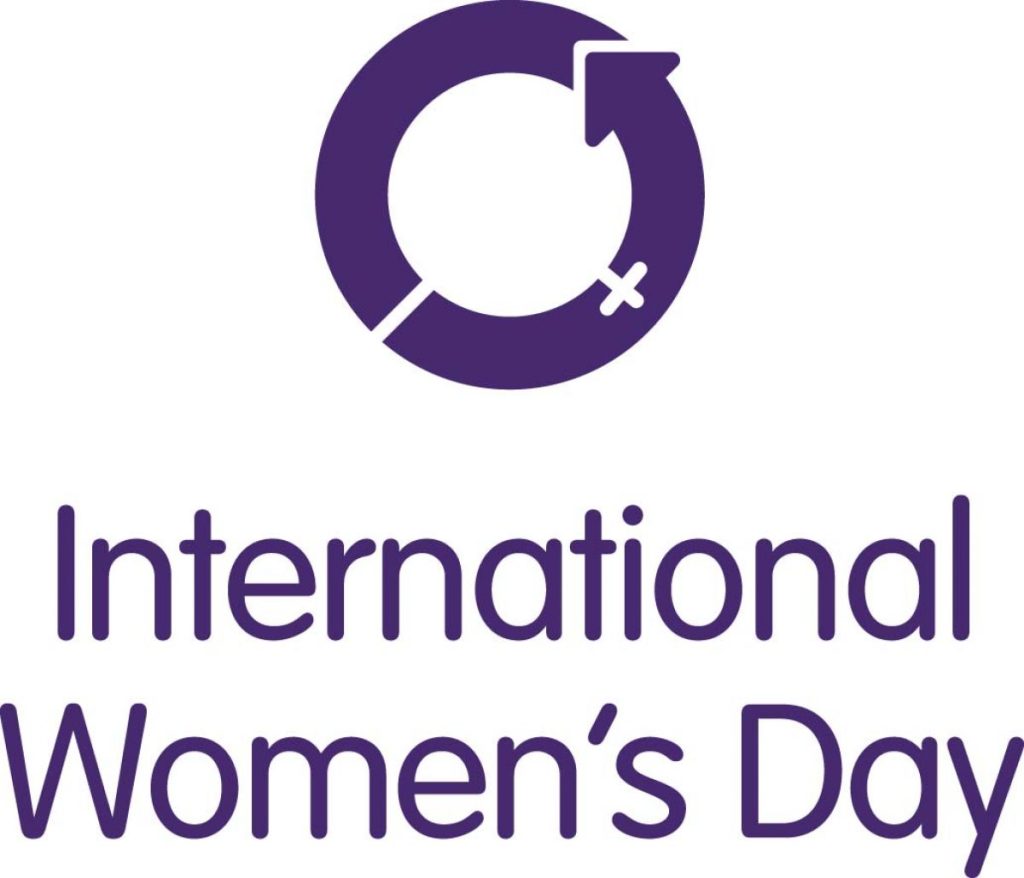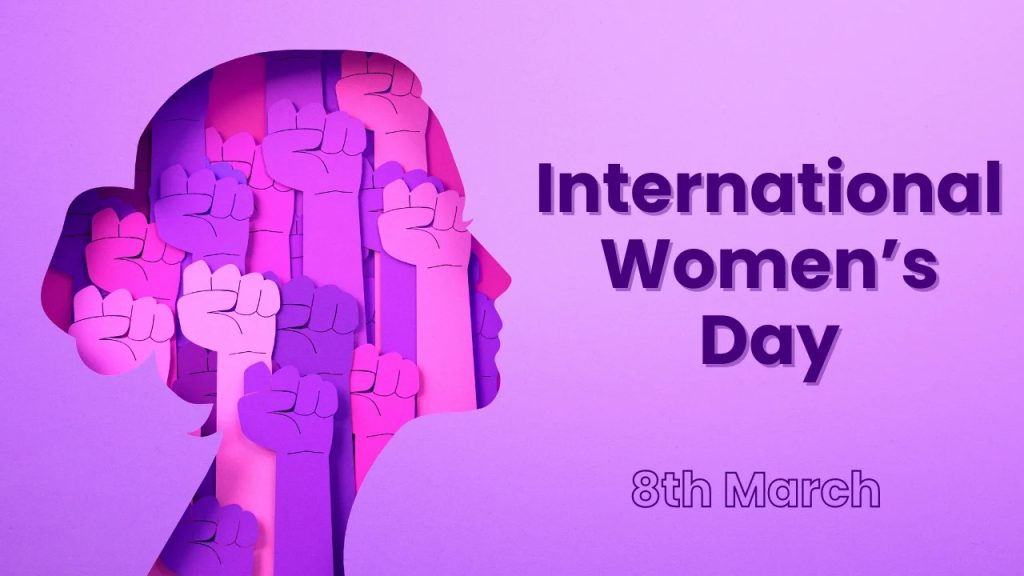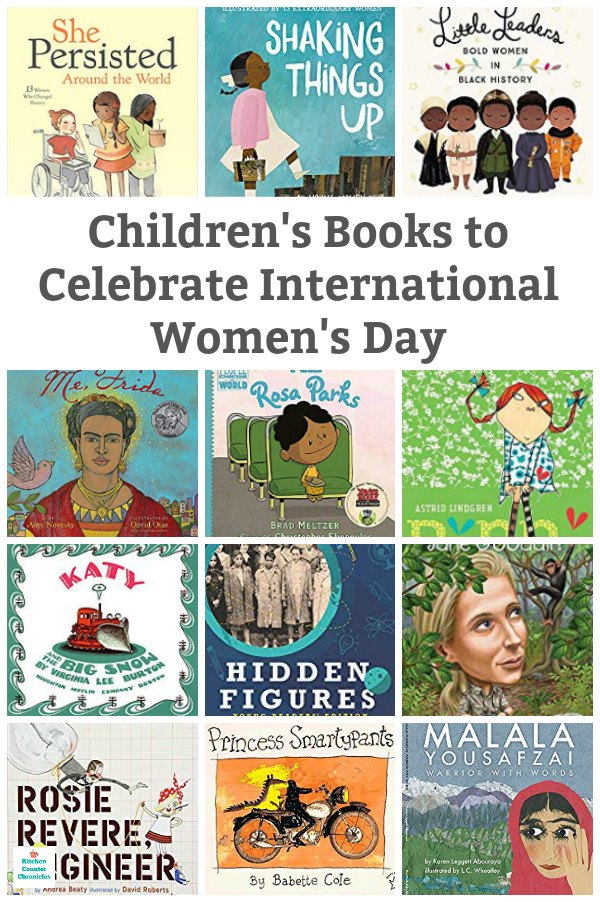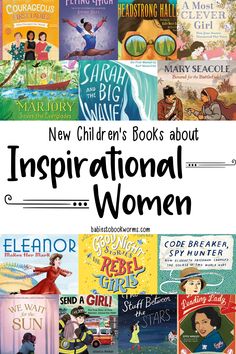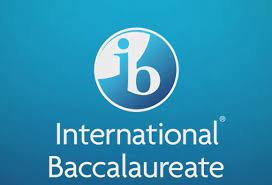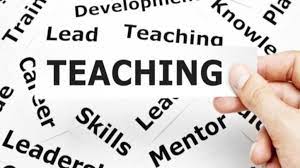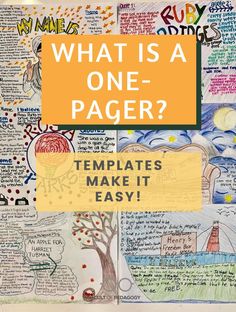International Women’s Day (IWD) is a global celebration of the social, economic, cultural, and political achievements of women, as well as a call to action for accelerating gender equality. Recognized annually on March 8th, it is a day to reflect on the progress made towards women’s rights and to advocate for further improvements. In the spirit of IWD, Teach Starter showcases compelling resources and activities designed to educate and inspire students about the significance of this important day.
Teach Starter, an educational platform, offers a plethora of carefully curated teaching materials that cater to International Women’s Day. Teachers looking to bring the celebration into their classrooms will find an array of engaging content that not only honors women’s achievements but also promotes critical thinking about gender roles and equality.
For instance, Teach Starter provides vibrant classroom posters featuring inspirational quotes from prominent figures in the fight for women’s rights. These serve as powerful visual reminders of the strength and resilience of women throughout history. Additionally, they have thought-provoking writing prompts which encourage students to reflect on issues such as gender stereotypes and the importance of diversity and inclusion.
Another valuable resource is their selection of lesson plans that cover various topics relevant to International Women’s Day. These plans are accessible for different age groups and provide a structured approach to discussing matters like women’s contributions in various fields or the history behind IWD.
Furthermore, Teach Starter presents exciting activities that can be incorporated into classroom learning. For example, teachers can utilize their biography research templates for students to explore the lives of influential women who have shaped our world. There is also an option for interactive group activities which promote teamwork while fostering discussions about gender equality.
Teach Starter understands that learning goes beyond worksheets and written work. They also offer creative activities such as art projects where students can express their appreciation for female figures that inspire them or create posters promoting awareness around IWD themes.
In conclusion, the resources and activities provided by Teach Starter offer educators an excellent starting point for integrating International Women’s Day into their lesson plans. Not only do these resources celebrate and recognize the accomplishments of women across all spheres but they also serve as educational tools that spark meaningful conversations among students about equality and respect. Through engaging lessons, inspiring materials, and interactive learning experiences provided by Teach Starter, teachers can significantly contribute to shaping a more inclusive and equitable future.
